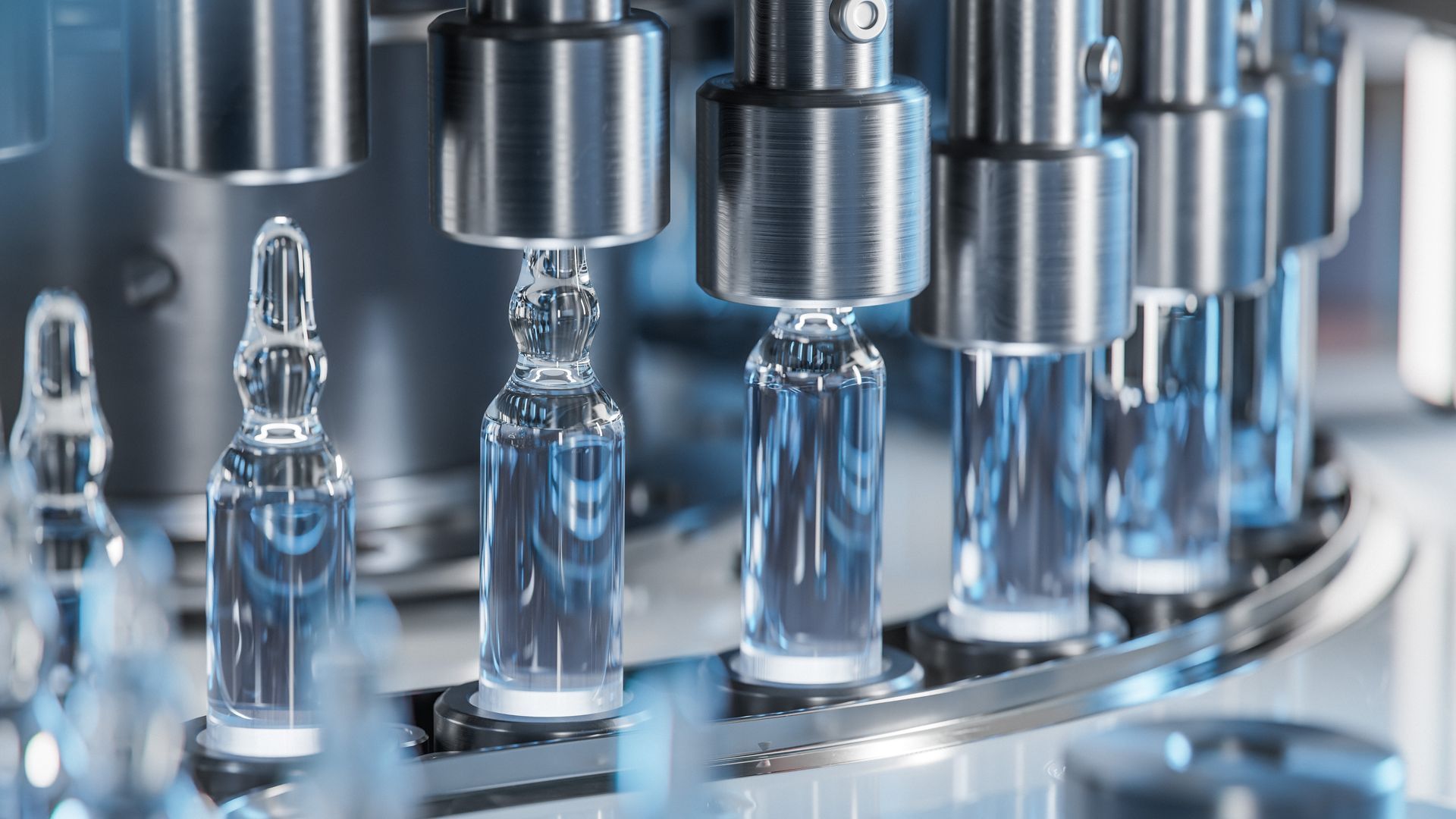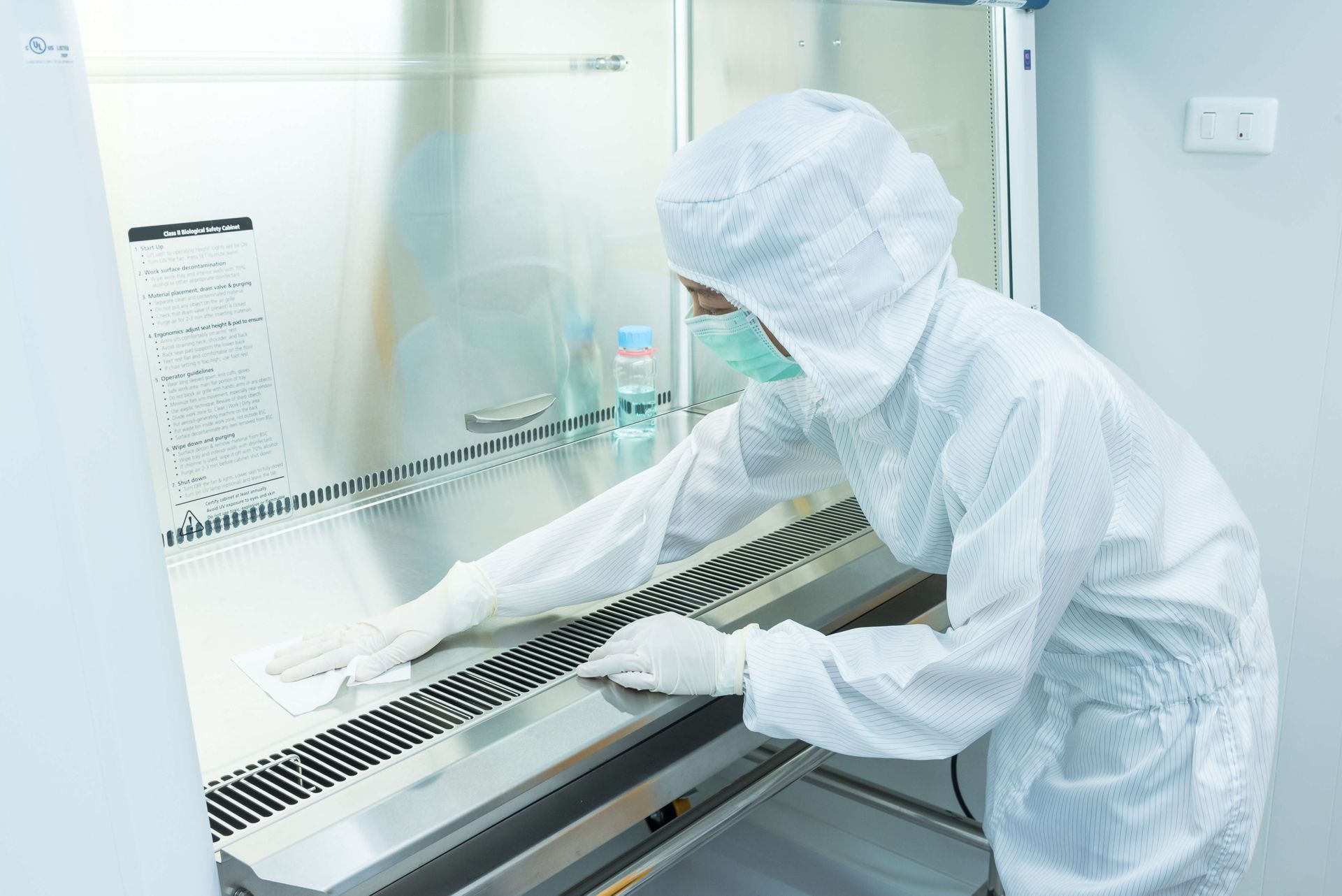Material Compatibility and Cleanroom Safety

Introduction
In the highly controlled environments of cleanrooms, where the smallest particle can cause significant production issues, the compatibility of materials used within these spaces is paramount. Material compatibility in cleanrooms is critical not only for maintaining the integrity and functionality of the products being manufactured but also for ensuring the safety and efficiency of the operations.
This article explores the essential considerations of material compatibility in cleanrooms, examining how these factors impact safety and operational success.
Understanding Material Compatibility in Cleanrooms
Material compatibility in cleanrooms refers to the suitability of construction materials, tools, and equipment to operate under the stringent conditions without degrading or releasing contaminants. Materials must be selected based on their resistance to corrosion, their non-particulate-shedding properties, and their chemical stability when exposed to cleanroom cleaning agents and processes.
- Non-shedding Materials: Materials that do not release particles or fibers are essential in cleanroom environments. Options often include polymer and stainless steel for surfaces, and specialized non-linting fabrics for cleanroom garments.
- Chemical Resistance: Cleanroom materials must withstand frequent cleaning and sterilization with various chemicals without degrading. Chemical compatibility charts are often referenced to ensure that materials like seals, gaskets, and surface coatings will not break down over time.
- Biocompatibility: In pharmaceutical and biotech cleanrooms, materials must not only be chemically inert but also non-toxic and non-reactive with the products being handled.
Critical Areas of Material Use in Cleanrooms
Materials used in cleanrooms range from construction elements to tools and protective gear. Each category has specific requirements:
- Construction Materials: Walls, floors, and ceiling panels in cleanrooms are typically made from materials that are easy to clean and resistant to microbial growth. Options include epoxy or polyurethane-coated surfaces, stainless steel, and PVC or vinyl-covered gypsum.
- Furniture and Storage: All furniture used in cleanrooms, including tables, chairs, and shelving, must be designed to minimize particle retention and withstand regular sanitization. Furnishings are often made of stainless steel or covered with anti-static coatings to reduce particle attraction.
- Tools and Equipment: All tools, from wrenches to microscopes, must be made from materials that do not generate contaminants. Tools are often made from stainless steel or have special coatings to prevent rust and particle generation.
- Protective Clothing: Garments such as overalls, hoods, gloves, and booties are made from materials designed to trap contaminants shed by the human body while also preventing the external release of these particles. Advanced fabrics are tested for their particle retention and release properties under movement.
Challenges in Material Compatibility
Choosing the right materials for cleanrooms presents several challenges:
- Balancing Cost and Performance: High-quality materials that meet all cleanroom requirements can be expensive. Balancing cost with performance is a crucial consideration for cleanroom design and operation.
- Longevity and Durability: Materials must be durable enough to withstand the operational lifespan of the cleanroom without degrading. Replacing materials in a cleanroom can be costly and disruptive.
- Regulatory Compliance: Materials must comply with local and international standards for cleanrooms, which may vary depending on the industry and the specific application of the cleanroom.
Safety Considerations with Cleanroom Materials
The safety of cleanroom operations heavily relies on the appropriate selection of materials. Inappropriate or incompatible materials can lead to safety hazards, including:
- Chemical Hazards: Using materials not resistant to cleaning agents can lead to degradation, which not only contaminates the cleanroom but also poses chemical exposure risks to personnel.
- Fire Safety: Materials must be chosen with regard to their fire-retardant properties to reduce the risk of fire within the cleanroom, which is especially critical in environments with flammable substances.
- Particulate Contamination: Materials that shed particles can lead to product defects, which in severe cases can cause device failures, particularly in the electronics and pharmaceutical industries.
Conclusion
Material compatibility is a cornerstone of cleanroom design and operation, impacting everything from safety and efficiency to regulatory compliance and product integrity. Understanding the interactions between various materials and the cleanroom environment is crucial for maintaining a safe and effective workspace.
As cleanroom technologies evolve, ongoing research and development into new materials and compatibility assessments remain critical for advancing cleanroom safety and functionality.
Read more: All About Cleanrooms - The ultimate Guide






